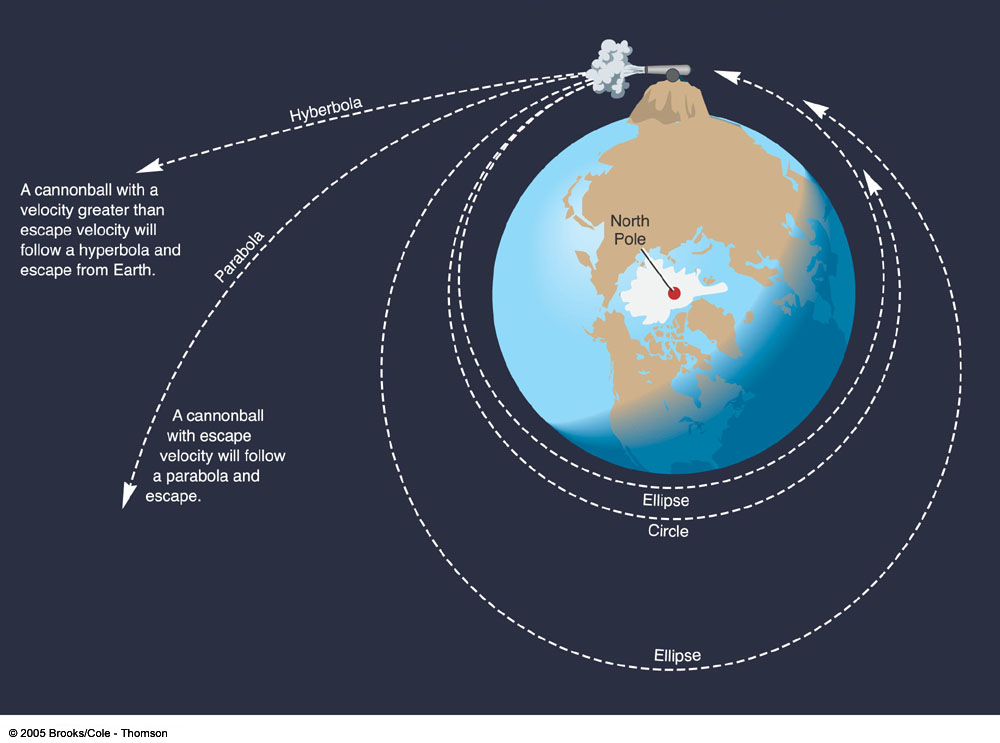(I saw quite a bit of articles in various newspapers but many I saw were a little sloppy or not informative enough)
This article about Kibble balance and related background is good.
SI gets a makeover
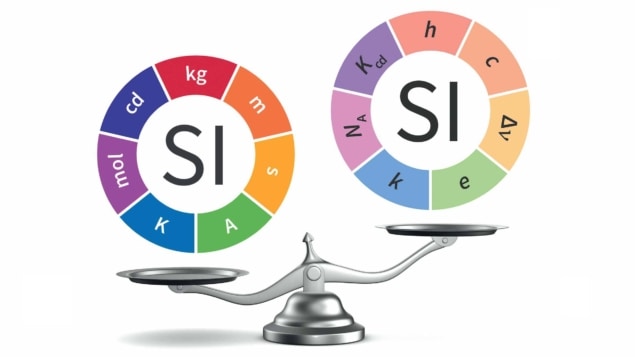

Dr Kapany was not the only scientist then working with fiber optics. There were a few other Indian Scientists who have done a lot of work in optics around that time ( for example Dr. C. L Mehta - U or Rochester)N Narinder Singh Kapany ' Discovery of Fiber Optics in 1953 ..
The first is a package of Franco-British seismometers that will be lifted on to the surface to listen for "Marsquakes". These vibrations will reveal where the rock layers are and what they are made of.
A German-led "mole" system will burrow up to 5m into the ground to take the planet's temperature. This will give a sense of how active Mars still is.
And the third experiment will use radio transmissions to very precisely determine how the planet is wobbling on its axis. Deputy project scientist Suzanne Smrekar uses this analogy: "If you take a raw egg and a cooked egg and you spin them, they wobble differently because of the distribution of liquid in the interior. And today we really don't know if the core of Mars is liquid or solid, and how big that core is. InSight will give us this information."
The exact materials and finer details, as IIT scientists are working with DRDo, is not likely to be known to general public. But these scientists have published some details and IIT/administration is quite excited with new technology which, I think, will have lot of practical use in current environment.SriKumar wrote:Is the infrared material as good as claimed? Virtually undetectable by an IR camera is a difficult thing.....
I did not google this but am curious as to whether this material has a low thermal conductivity, or high specific heat (or both). In effect they have made a good thermal insulator? Heat 'absorbing' suggests it absorbs the heat and does not dissipate. So it is like agoodlarge heat sink, but without the accompanying physical mass?
This RAM would have to cover the wavelengths of L band to X band, which is 1 GHz - 10 GHz or 30 cm to 2.5 cm. I would have to read up on this as it is very wide range.Amber G. wrote:From a physics professor, but this has a great implication to India. Congratulations.Researchers from IIT Kanpur have developed cutting-edge metamaterials that will be of great importance in developing our country’s defence capabilities. Profs. Anantha Ramakrishnan, Department of Physics; J Ramkumar, Department of Mechanical Engineering and Kumar Vaibhav Srivastava, Department of Electrical Engineering have developed transparent RADAR absorbent material, the first in the world to cover all RADAR frequencies as well as textile-based material, non-detectable by RADAR, which can be used in uniforms for soldiers as well as skirtings for war machines.
They have also developed India’s first infrared absorbent metamaterial, meant to prevent hot objects from emitting infrared radiation, making them virtually undetectable at night. These will be crucial for keeping our defence systems and soldiers safe from attacks at night.[/quote
A type of UWB radar absorbing structure is rumored to be used on F35. According to the patent it is a CNT infused composite structure.Mort Walker wrote:
This RAM would have to cover the wavelengths of L band to X band, which is 1 GHz - 10 GHz or 30 cm to 2.5 cm. I would have to read up on this as it is very wide range.
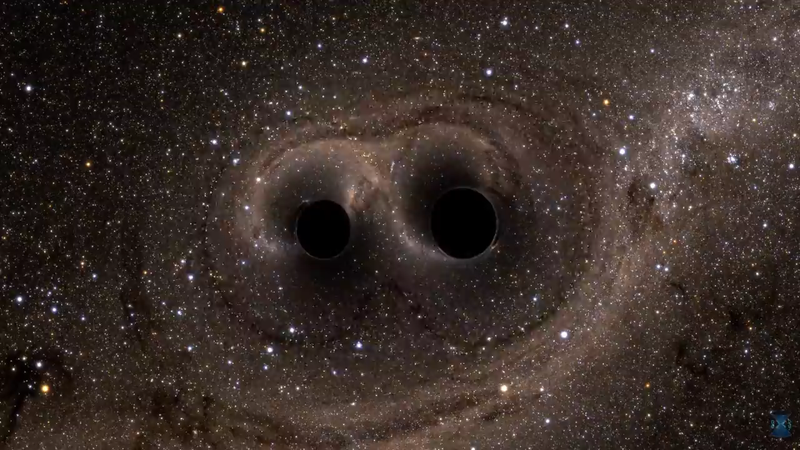
Thanks. So 15 dB reflectivity reduction using capacitive and resistive coupling. That amounts to 5 time reduction in return. Seems this is more of electronically active RAM as opposed to passive RAM.souravB wrote:A type of UWB radar absorbing structure is rumored to be used on F35. According to the patent it is a CNT infused composite structure.Mort Walker wrote:
This RAM would have to cover the wavelengths of L band to X band, which is 1 GHz - 10 GHz or 30 cm to 2.5 cm. I would have to read up on this as it is very wide range.
DRDO is also working on it as far as I can tell from some bits of research I find in open source but the feasibility is any body's guess.
One of the DRDO research on UWB RAS
Any more neutrino detection?Amber G. wrote:Meanwhile .. Wow! but this is going to be routine in coming times.. Waiting for LIGO India (a few years) to join..Physicists Spot Four Black Hole Collisions, Including the Largest One Ever Recorded
(So this brings up to total number of GW detection to 11!!)
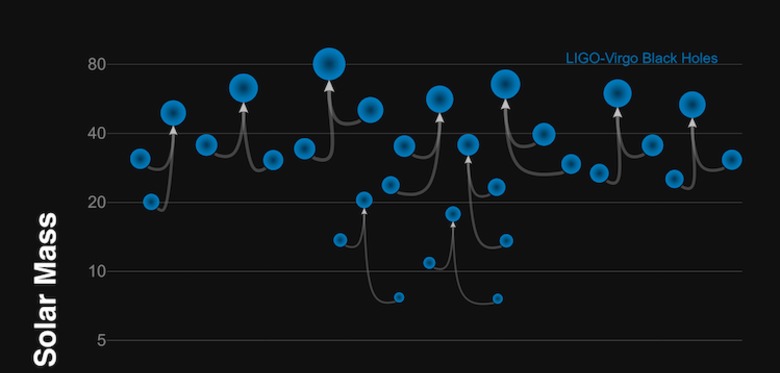
These, of course, are from data analysis from previous year or so.LIGO and Virgo Announce Four New Gravitational-Wave Detections
News Release • December 3, 2018
The observatories are also releasing their first catalog of gravitational-wave events
The National Science Foundation's LIGO (Laser Interferometer Gravitational-Wave Observatory) and the European-based VIRGO gravitational-wave detector have published new results from the first two Observing runs. Four new black hole mergers are newly announced, The LIGO and Virgo collaborations have now confidently detected gravitational waves from a total of 10 stellar-mass binary black hole mergers and one merger of neutron stars, which are the dense, spherical remains of stellar explosions.
Press release
O1-O2 catalog at https://arxiv.org/abs/1811.12907
O1-O2 data download <link>
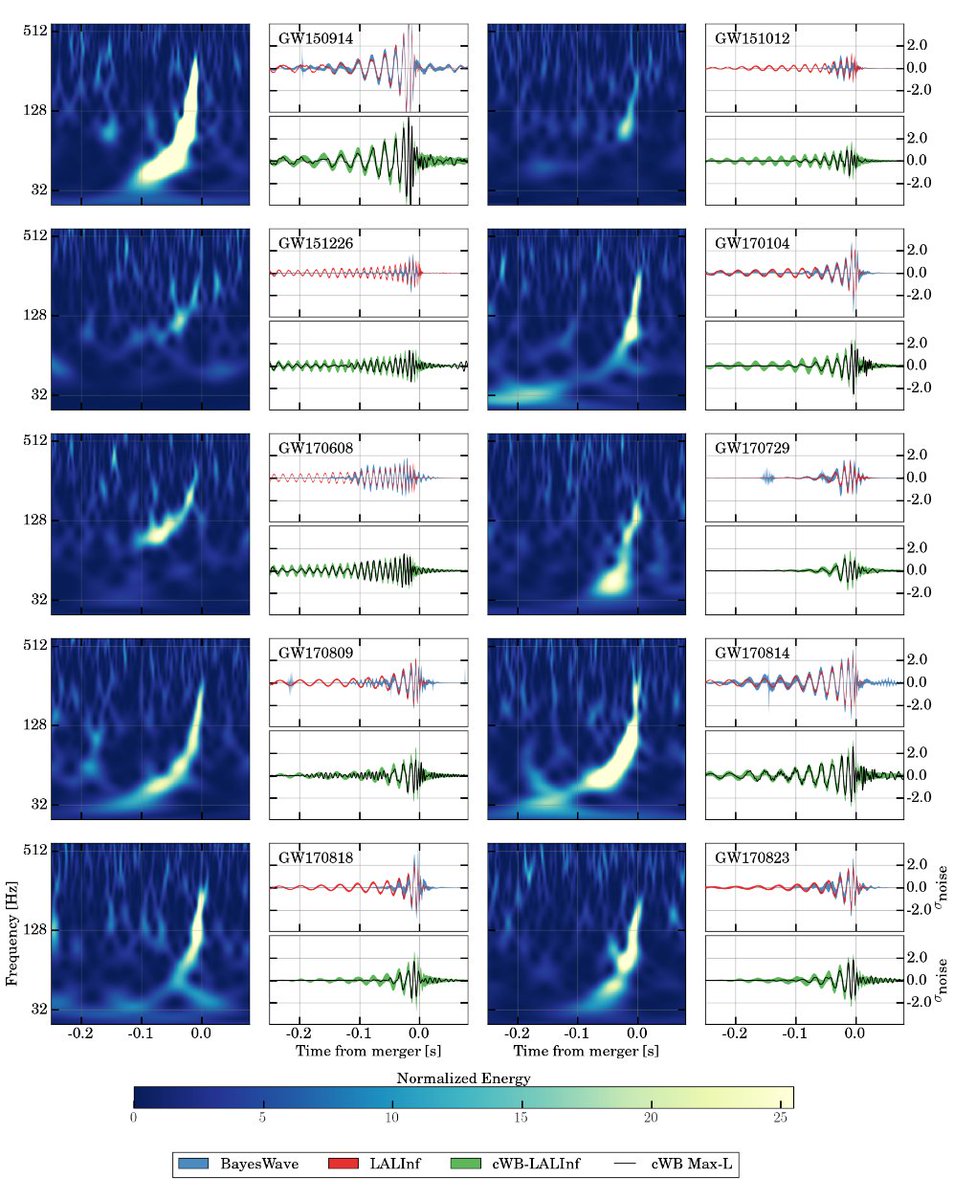
This news is in HT:Amber G. wrote:From a physics professor, but this has a great implication to India. Congratulations.Researchers from IIT Kanpur have developed cutting-edge metamaterials that will be of great importance in developing our country’s defence capabilities. Profs. Anantha Ramakrishnan, Department of Physics; J Ramkumar, Department of Mechanical Engineering and Kumar Vaibhav Srivastava, Department of Electrical Engineering have developed transparent RADAR absorbent material, the first in the world to cover all RADAR frequencies as well as textile-based material, non-detectable by RADAR, which can be used in uniforms for soldiers as well as skirtings for war machines.
They have also developed India’s first infrared absorbent metamaterial, meant to prevent hot objects from emitting infrared radiation, making them virtually undetectable at night. These will be crucial for keeping our defence systems and soldiers safe from attacks at night.
Scientists said the material can be used as uniforms for personnel and skirting or covering ground vehicles to avoid their detection by the enemy’s advanced battlefield radars, motion-detecting ground sensors and thermal imaging systems.
INDIA Updated: Dec 04, 2018 13:10 IST
Scientists at the Indian Institute of Technology-Kanpur (IIT-K) said on Monday they have developed textile-based metamaterials that can help defence personnel and vehicles avoid being detected by enemy radars.
The project was supported by the Defence Research Development Organisation, the department of science and technology, and IIT-K. It was carried out by Kumar Vaibhav Srivastava of the electrical engineering department and J Ramkumar of the mechanical engineering department of the institute.
They said the material can be used as uniforms for personnel and skirting or covering ground vehicles to avoid their detection by the enemy’s advanced battlefield radars, motion-detecting ground sensors and thermal imaging systems. The material is flexible and can be customised for different climates, they added.
“In a major achievement, we have designed and produced micro-structured infra-red metamaterials with processes that can be readily scaled for mass production to cover large area surfaces. These infra-red metamaterials are applied on any given surface to reduce the thermal emission to create infra-red stealth,” professor S Anantha Ramakrishna of the department of physics at IIT-K said.
Transparent meta-material absorbers have also been developed for vehicular windshields or a canopy of slow aircraft like helicopters.
“We are also in the process of developing robust meta-materials for radar stealth which can be applied on high-speed aircraft and switchable meta-materials for active camouflage applications,” Ramakrishna said.
He said at the beginning of the 21st century, new composite micro-structured materials called meta-materials were found to have very unexpected properties due to their specific structure that caused resonant interactions with electromagnetic waves.
Ramakrishna said they began working on defence applications of metamaterials, which will reduce radar detection in most radar bands, around 2010.
“Stealth fighter aircraft were already in use but they used very different concepts and heavy ceramic ferrites for achieving stealth. Meta-material based absorbers held the promise of lightweight, ultra-thin and flexible materials that could be applied literally on any surface to give the required properties at radar frequencies, infra-red frequencies or even optical frequencies,” he said.
The professor said they have also been able to realise metamaterials for infra-red light that will enable forces to completely control the emission of infra-red light from surfaces, which can be used for infra-red stealth.
“Laboratory level development of demonstrations has been completed and now we are proceeding for field testing,” he said.
The material shows superconductivity under incredibly high pressure only. I wonder what kind of atomic structure it would have under such high pressure. Though it still seems to be far from being of a practical use I guess the fact that its along the expected lines as predicted by theory makes this one rather interesting.Amber G. wrote:This looks like a BIG really BIG item...and indications are that this is real.
The news just got a big credibility boost -- There is a paper, accepted in prestigious Physical Review Letters and hence this is may be a potential record-breaking superconductor.
Expect major headlines in coming days..It is already in some popular magazines.
A new hydrogen-rich compound may be a record-breaking superconductor
New record is about -13 degrees Centigrade (some times outside temperature here).!! Previous best records were about -70 degrees centigrade.
This is going to change lot of things.
I am fairly sure now that this will be in our lifetime. The Tc record of 203 K indicates the real possibility of achieving Room Temperature Superconductor in the near future at high pressures and the perspective of conventional superconductivity at ambient pressure.JayS wrote:Amber G. wrote:
I first came to know about superconductivity in 11th Standard. I immediately got convinced that advent of superconductors working at room temperatures under normal conditions would be a paradigm changing technology. It would seat with the likes of Fire, wheel, iron, semi cpnductprs and so on. I hope I see it coming true in my life time.
>>>Amber G. wrote:Some may be interested (share if you know some one who may be)
LIGO-IndIGO is going to run a Summer Students Program: 10-week research program. It is in summer 2019 and one can apply till Fen 2019. The program encourages undergraduate students (Mostly from good Indian Colleges) to participate in the development of gravitational-wave astronomy.
The details here: http://gw-indigo.org/tiki-read_article. ... ib1zt6KLgA
Amber G. wrote:Waited for this update for a long time.
After a successful final round of meetings with the State Environmental Impact Assessment Authority on Jan 8th.
LIGOIndia formally transits into the construction phase. Team celebrations on Jan 17th at Khandala.
(Some information here: http://www.gw.iucaa.in/limma2019/)
ArjunPandit wrote:^^it may still
1. enable researchers without going abroad. Complement the astrosat
2. inspire kids to take up the research and hard sciences rather than the engineering, which anyways is saturating. Some would definitely pursue this as their "passion"
An experiment at the Large Hadron Collider (LHC), the world’s most powerful particle accelerator, has seen a new way in which matter and antimatter behave differently — one that physicists have been hunting for decades.
Physicists observed the behaviour — which researchers had predicted and which fits with the standard model of particle physics — in decays of particles called D mesons in the LHCb experiment at CERN, Europe’s particle-physics lab near Geneva, Switzerland.
The discovery reveals one small mechanism that contributes to there being more matter than antimatter — which are mirror-image particles of opposite charge — in the Universe. Understanding the imbalance is one of the most pressing mysteries in physics, because it explains why matter exists. If, in the early Universe, matter and antimatter had existed in equal parts, they would have annihilated each other to leave nothing but radiation.
The race to reveal antimatter’s secrets
The effect of the D-meson behaviour is too small to completely explain the dominance of matter, but it presents a new avenue to unravel the problem, says Olya Igonkina, a particle physicist at the National Institute for Nuclear and High-Energy Physics in Amsterdam, who works on CERN’s ATLAS experiment. The discovery provides physicists with an as-yet-unexplored place to look for deviations from the standard model — which could ultimately explain the disparity, she says.
In the short term, the finding will also help theorists to better understand the mechanism behind this behaviour in D mesons and similar particles, which is the only laboratory example of nature ‘choosing’ matter over antimatter that physicists have been able to confirm.
The discovery was met with applause and champagne when the LHCb collaboration presented it on 21 March at the Rencontres de Moriond conference in La Thuile, Italy.
Charming discovery
Physicists have long known that certain interactions between particles create differences in the behaviours of matter particles and their antimatter counterparts. This phenomenon, which creates the matter–antimatter imbalance, is known as CP violation.
Since the 1960s, physicists have found CP violation in particles called kaons and B mesons, which are each made up of two quark particles — observations that contributed to work that won Nobel prizes in 1980 and 2008.
But, until now, CP violation had never been seen in any particle that includes the ‘charm’ flavour of quark, such as a D meson. “Observing that matter and antimatter charm mesons behave differently provides a measurement for the textbooks,” says Tara Shears, a particle physicist at the University of Liverpool, UK, and member of the LHCb team.
Physicists know, however, that the dominance of matter can’t be explained by the behaviour of quarks and antiquarks alone, and finding new kinds of CP violation remains one of the biggest challenges of particle physics.
The effect in D mesons is so small that it is technically extremely difficult to measure, says Shears. It took from 2011 to 2018 to accumulate enough particle decays for the data set to be sensitive to the slight imbalance.
“It’s really a testament to the fantastic precision and sensitivity of the LHCb experiment, the ingenuity of the physicists analysing the data, and the ability of LHC to deliver huge samples, that this is now possible,” she says.
